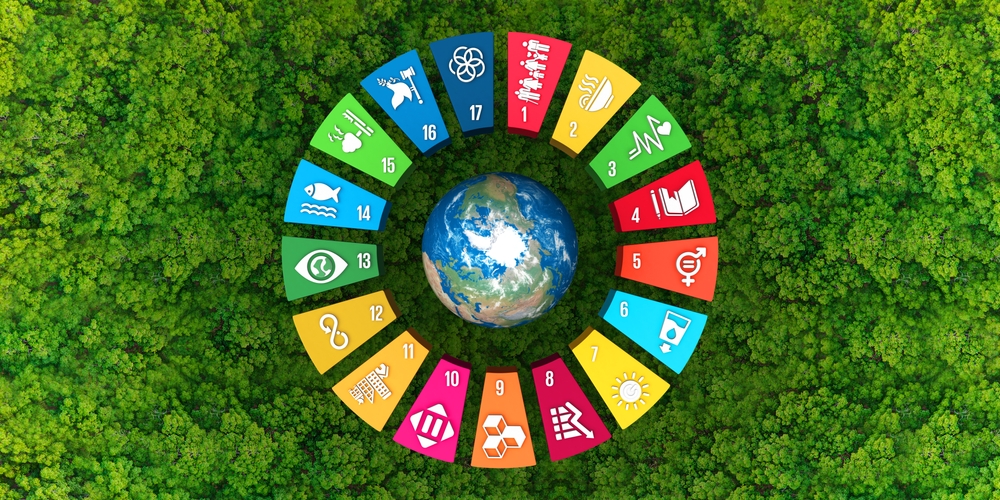Cycling or cycling?
I do enjoy a bit of cycling, as those of you who know we well are quite aware, I turned into a MAMIL (Middle Aged Man in Lycra) many years back. However, don’t be fooled by the title this post it is not about that kind of cycling, but the just as interesting topic of nutrient cycling!
I have got to admit I find the strategic element of understanding about the environment really interesting. No subject is more strategic than nutrient cycling. It is part of the basic fabric of the earth that means that us and other animals are here today along with things like the ozone layer and the natural greenhouse effect (not to be confused with the climate change). There would not be life on this planet without it – amazing really isn’t it.
The Bigger Picture
Where do we start with this one then? The earth has been here for a very long time, around 4.5 billon years scientists estimate, and for a fair amount of that time, around 3.8 billon years, there has been life on this planet. To create life we need elements, carbon for example is a key element of all life forms on this planet. However, seen as there has been life on this planet in one form or another for all that time, why has the world’s stock of carbon not been consumed?
Even more so when we consider that the earth is essentially a closed system such that there is very limited amount of gain or loss of materials from the universe. The solution to this paradox is that elements are constantly recycled and reused by natural process. Understanding this cycling of materials is key to becoming a competent environmental practitioner.
Imbalance of cycles causes pollution
The action of humans can have a very negative impact on cycles. Pollution for example is essentially an imbalance of a natural cycle, where there is too much of one type of element in one or numerous parts of a cycle, and its elevated levels then start to cause harm. Take for example agriculture and the nitrogen cycle. A crop grows in a field, the crop requires nitrogen as well as other element to grow, the nitrogen therefore becomes incorporated in the crop. The crop is then fed to pigs, the pigs go to the toilet and excrete nitrogen. The farmer stores the pig muck and sprays it onto the land in large quantities when the ground is saturated in winter. It then runs-off and enters a nearby river causing deoxygenation. In this scenario there is more nitrogen in the river than there should be, and as such it can’t be quickly cleared by natural processes and it causes harm. So essentially, we have a major imbalance in the nitrogen cycle!
Imbalance as a result of poor resource management
The impacts on a cycle however does not necessarily need to involve the release of something that causes an excess of an element in part of cycle. It can also be negatively impacted by the over exploitation of resources. Let’s look at an example from the carbon cycle. As you may be aware carbon dioxide is released from the burning of fossil fuels. CO2 is a greenhouse gas in that it has the ability to trap heat from the sun. Ideally therefore we do not want masses of CO2 in the atmosphere from human activities as this will cause excess heat to be caught.
One fail safe, however, is that carbon can be taken from the atmospheric components of the carbon cycle and incorporated into plants through a process known as photosynthesis. Therefore, the carbon moves from the atmospheric part of the carbon cycle to become incorporated into the land based part. However, if an area is deforested there is no way that the carbon can be taken from the air and it remains there. This excess carbon in the atmosphere then contributes to climate change. As we can see with this example the impact on a natural cycle is not just a pollution issue it also presents a resource management issue. The example also shows how poor management of resources can lead to pollution. Double whammy!
Final Note
The examples quoted above are just two of many. Pollution and resource use are key issues for the environmental practitioner. We should however think of these as being an impact on a cycle. A determinantal impact on one part of a cycle can lead to many issues on other parts of the cycle as they are all connected.
John Binns BSc (Hons), MSc, MISEP (formerly IEMA)

With over 19 years’ experience working in environment management, John Binns BSc (Hons) MSc MISEP (formerly IEMA) is an experienced environmental tutor and consultant with knowledge of health and safety management.
